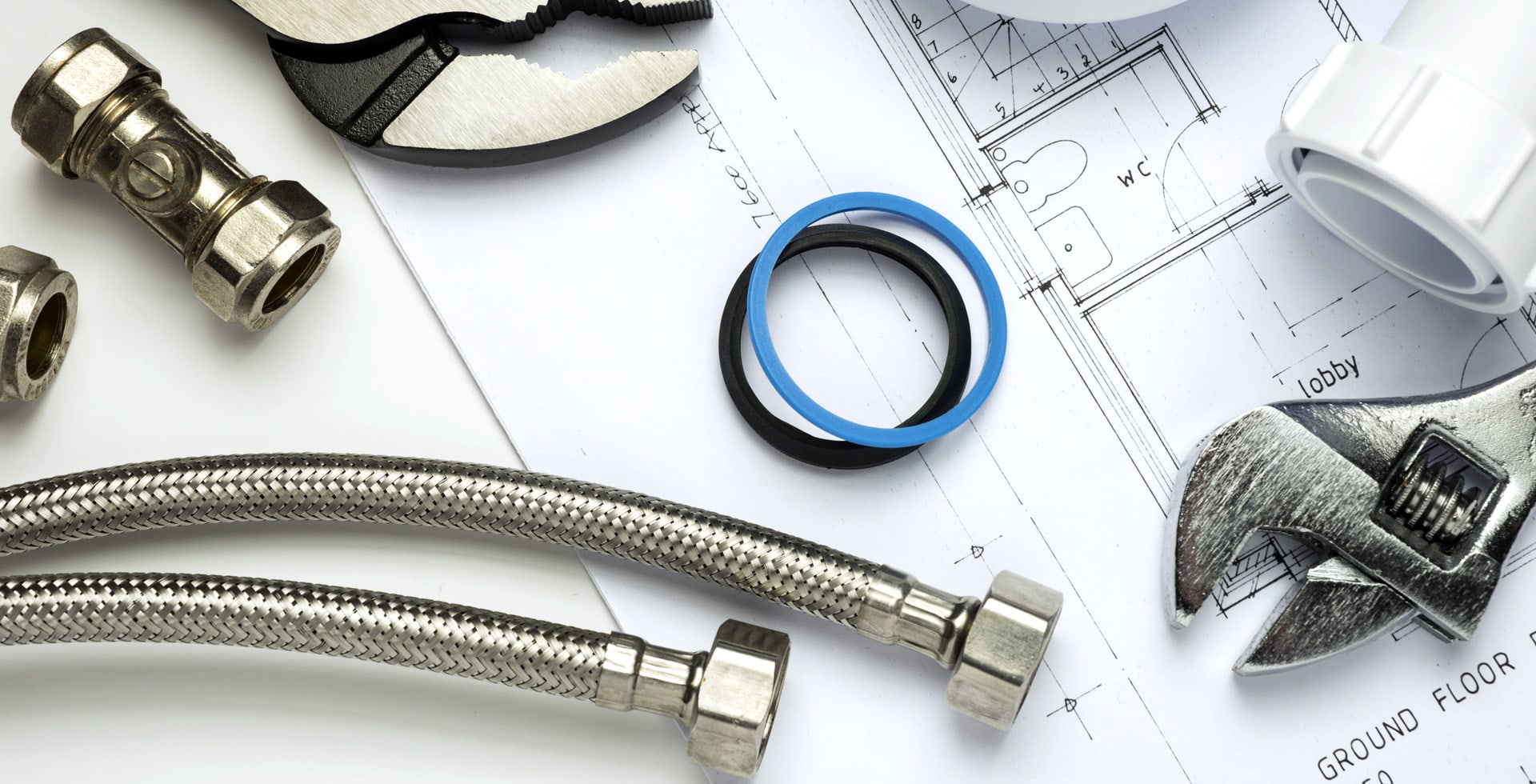What Is a Garage Door Spring and Why It Matters
When it comes to the functionality of your garage door, the garage door spring plays a pivotal role. This essential component is responsible for supporting the weight of the door and ensuring smooth operation. Understanding what a garage door spring is and why it matters can help homeowners appreciate its significance and address any issues that may arise.
Understanding Garage Door Springs
Garage door springs are mechanical devices designed to counterbalance the weight of the garage door, allowing for easy and efficient opening and closing. There are two main types of garage door springs:
- Torsion Springs: These springs are located above the garage door, typically on a metal shaft. They work by twisting and are designed for heavier doors. Torsion springs are more durable and provide better balance for the door.
- Extension Springs: Located on either side of the door, these springs stretch as the door opens and contract as it closes. They are usually found on lighter garage doors and can wear out more quickly than torsion springs.
How Garage Door Springs Work
Garage door springs function by storing and releasing energy. When you open the garage door, the springs release tension, allowing the door to lift. Conversely, when the door is closed, the springs absorb the weight of the door. This counterbalance mechanism reduces the strain on the motor and enhances the overall lifespan of the garage door opener.
Why Garage Door Springs Matter
Understanding the importance of garage door springs can help homeowners prioritize their maintenance and address potential issues early. Here are several reasons why they matter:
- Safety: A malfunctioning spring can pose significant safety risks. If a spring breaks, it can cause the door to fall unexpectedly, potentially leading to injuries or damages.
- Efficiency: Properly functioning springs ensure smooth operation, making it easier and safer to open and close the garage door. This efficiency reduces wear on the garage door opener, enhancing its lifespan.
- Cost-Effective: Regular maintenance of garage door springs can prevent costly repairs or replacements. Addressing minor issues before they escalate can save homeowners money in the long run.
- Security: A damaged or broken spring may compromise the security of your garage. A malfunctioning door can be easier to access, making it an attractive point for burglars.
Signs of Spring Problems
Being aware of the signs of spring problems can help you address issues promptly:
- Inconsistent Operation: If the garage door opens or closes unevenly, it may indicate a problem with the springs.
- Unusual Noises: Loud or unexpected sounds when operating the door can signify spring wear or damage.
- Visible Damage: Inspect the springs regularly for signs of wear or damage, such as rust or gaps in coils.
- Door Won’t Open: If the door remains stuck and doesn’t respond to the opener, it could be due to a broken spring.
Maintenance Tips for Garage Door Springs
Proper maintenance can extend the life of your garage door springs. Consider the following tips:
- Regular Inspections: Periodically check for signs of wear, corrosion, or damage. Look for loose hardware or strange sounds during operation.
- Lubrication: Applying a silicone-based lubricant can help reduce friction and improve the performance of the springs. Avoid using WD-40 or grease, as these can attract dirt and debris.
- Balance Check: Test the door balance by manually opening it halfway. If the door doesn’t stay in place, the springs may need adjustment.
- Professional Maintenance: Hire a garage door technician to perform annual inspections. They can detect and address potential issues before they become major problems.
When to Replace Garage Door Springs
While proper maintenance can prolong the life of your springs, they will eventually wear out and need replacement. Here are some considerations for replacement:
- Average Lifespan: Torsion springs typically last 10,000 to 15,000 cycles, while extension springs may last 5,000 to 10,000 cycles. If you use your door frequently, be mindful of this lifespan.
- Visible Damage: If the springs show signs of significant wear or damage, they should be replaced immediately, as they pose a safety risk.
- Professional Assessment: If you notice any unusual behavior from your garage door, consult a professional. They can determine if a spring replacement is necessary.
Conclusion
Garage door springs are crucial components that ensure the smooth operation of your garage door. Understanding their function and significance helps homeowners appreciate the importance of regular maintenance and prompt repairs. By being vigilant and proactive, you can enhance the safety, efficiency, and longevity of your garage door system. Always remember, when in doubt, consult with a professional technician to address any concerns regarding your garage door springs.

